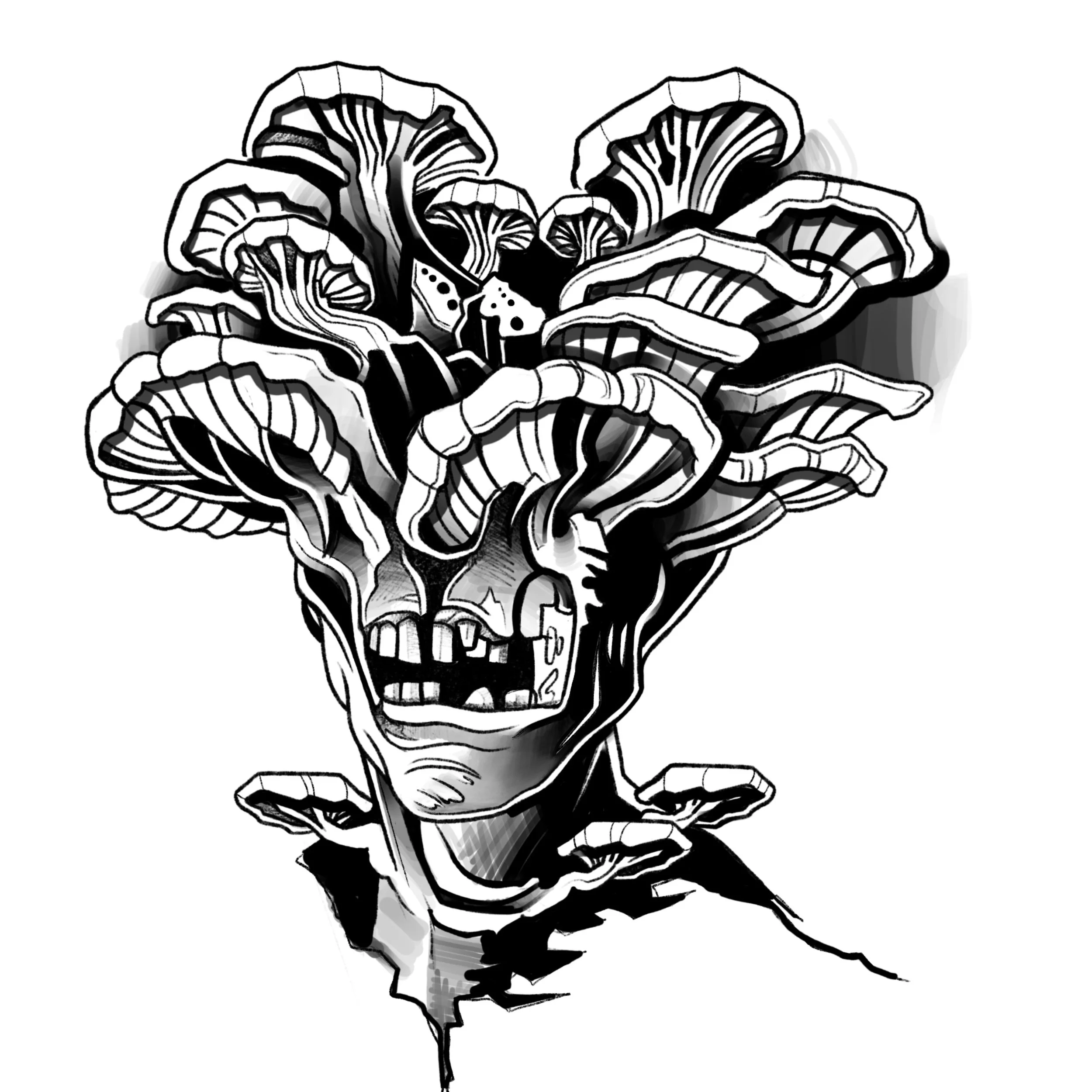// WHY REALISM IS JUST THE START.
Let’s get one thing straight, realism takes skill. A lot of skill. Any artist who can capture every wrinkle on a face or the exact gleam in an eye deserves respect for their dedication. But here’s the kicker: realism isn’t the pinnacle of art. It’s the foundation. It’s art-making 101.
Take Picasso, for example. Before he was cubism’s rebellious poster child, he painted masterful, lifelike portraits during his Blue and Rose Periods. The guy knew the rules inside and out. He had perfect perspective, anatomy, and proportion before he decided to break them into a million angular shards and create something entirely new. It’s like learning to walk before you can run a marathon.
This concept applies to all art forms, including tattooing. Walk into any shop, and you’ll hear someone marveling at how realistic a tattoo looks, “It’s like a photo on your skin!” …Don’t get me wrong, realism tattoos are stunning. However, when realism becomes the measuring stick for “talent,” we’re missing the bigger picture. Replicating something exactly as it is? That’s the starting point, not the summit.
Tattooing, like all art, thrives on pushing boundaries. Traditional tattoos, neo-traditional styles, abstract designs, and illustrative approaches often require taking liberties with reality; distilling the essence of a subject or creating something entirely unique. A masterful tattoo isn’t just a mirror; it’s a conversation. It transforms the canvas (or skin) into something personal, meaningful, and alive.
So how do we, as a society, stop equating realism with ultimate talent? Education. Just as art schools teach students about the historical evolution of creativity, the public needs to learn that art isn’t just about copying what’s in front of you. It’s about interpretation, emotion, and innovation.
If realism were the only measure of talent, artists like Vincent van Gogh or Jackson Pollock wouldn’t have a place in the conversation. But their works resonate because they offer more than a perfect reproduction; they offer perspective, emotion, and, most importantly, individuality.
The same goes for tattoos. Next time you admire a piece, ask yourself: does it tell a story? Does it convey an emotion? Or does it merely show you what you already know?
True artistry isn’t in how perfectly you copy the world. It’s in how you reshape it, reimagine it, and make it your own.
